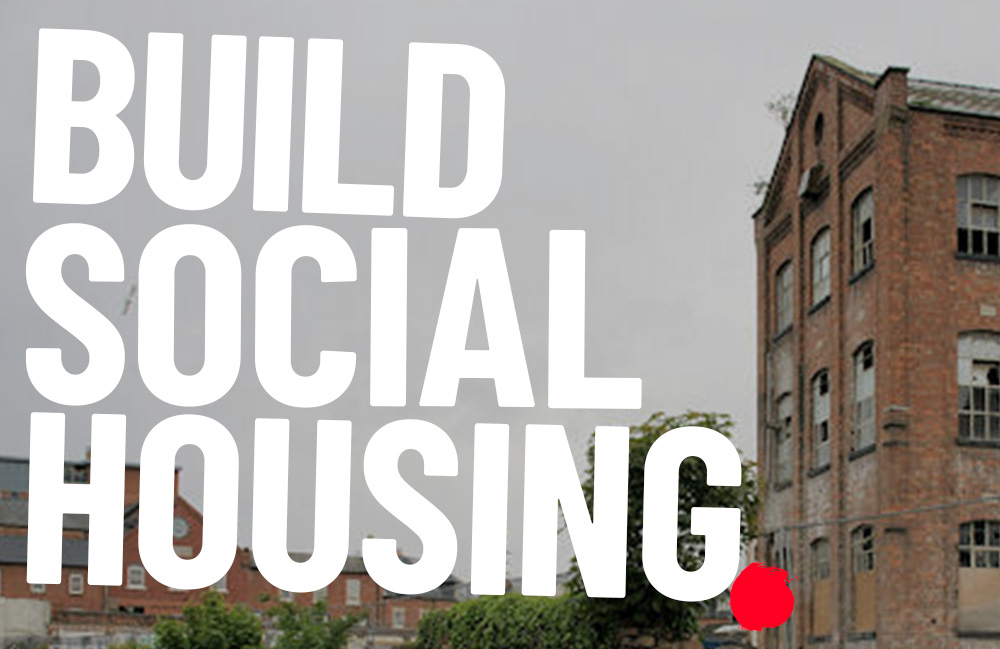If you are a fan of Formula One, (Me! Me! Me! Way before Drive to Survive) or of most motor racing series, you’ll know what the chequered flag means. For those of you who don’t, the chequered flag is waved when a race or session has ended. For example, they see it as they cross the start/finish line. Some drivers, especially if they are in the lead, are elated to see the flag wave, and others are just plain old relieved as they barely finished the race, and for them, the sight of that flag means they made it.
Let me stop there, as this can turn into a blog about F1, and that will lead to how great Lewis Hamilton is and the fact that I still have faith in him becoming an eight- or nine-time world champion. Yes, I went there.
You may have heard that the Levelling Up and Regeneration Bill, now an Act, received Royal Assent. The bill and its myriad controversial pieces were introduced into Parliament in May 2022. After 17 months and multiple information sessions run by the Department of Levelling Up, Housing and Communities, calls for written evidence, public consultations and countless parliamentary debates, the bill finally received Royal Assent on Thursday and with it, a significant reform to the 1961 Land Compensation Act. The removal of ‘hope value‘ saw the chequered flag.
So why should you or your community care? It is simple. Reducing homelessness is in the public’s interest. When we are all living in a safe, secure, affordable quality home, the entire community thrives.
If a local authority wants to acquire land using a Compulsory Purchase Order (CPO) to build infrastructure that can benefit the community, like social housing, or even a health or education facility, they are faced with a massive barrier – the cost of land. ‘Hope value’ plays a big part in that. It factors in what the land could be worth if, hypothetically, planning permission had been granted to build high-value property like luxury homes.
But let’s dig a bit deeper.
Let’s imagine that a council has a large number of homeless families which it is forced to house in expensive and terrible quality temporary accommodation, which can include hostels and B&Bs, because there are simply not enough social homes.
Stay with me.
There’s a derelict bit of land, with a disused petrol station that’s all boarded up. The council wants to buy that land, so that it can build social rented homes to reduce their costs and give people the foundation of a genuinely affordable and secure home, which can help families break out of the cycle of homelessness.
But the landowner is sitting on the land, hoping that a luxury developer is going to pay them millions for that land, and refuses to sell to the council at a fair price.
Despite the clear community need for that land, if the council wants to use its compulsory order to buy it to build social homes, it is forced by law to pay the same price for the derelict land as a developer building and selling luxury homes. Even though the land is really not worth it, and it is a community eyesore, ‘hope value’ would make it impossible for the council to afford to build the social homes that the local community desperately needs.
To recap: in order to address homelessness and social housing waitlists, councils need to build more social homes. To build those homes, councils need land and with ‘hope value’, councils are forced to use your taxes to pay a high premium for an imaginary scenario, which would not benefit the public, your community.
But wait! Maximising the delivery of social homes is still a few laps away from seeing the chequered flag! We all know councils have limited resources. A huge amount of the available funding for potential social housing development would have been spent on the cost of land.
The Levelling Up and Regeneration Bill begins to change the story of hope value for public entities, like local councils, that are seeking to pay a fair price to address the housing emergency through the permanent solution of building genuinely affordable social homes. It would allow the secretary of state to scrap hope value for councils and other public bodies in cases where the site being developed is for health, education or affordable housing. If approved by the secretary of state, the development must be built within a certain time. If not, hope value must be repaid. This specific requirement for hope value to be removed in the interest of public benefit, specifically for affordable housing, health and education, would help hold councils to account for using a CPO.
This is a major win for Shelter and others who have been campaigning for years for real changes to the land and planning system. More importantly, it is a win for the 1.2 million households waiting on social housing waitlists and the 131,000 children in temporary accommodation. But there is still more to do on land and planning reforms – the chequered flag is not waving for that yet.
Amending the 1961 Land Compensation Act to remove hope value is not the end. Parliament did not seize the opportunity to make the Levelling Up and Regeneration Bill a vehicle for further much needed changes, including the broken planning system. For example, it failed to ensure that rich developers would contribute their fair share in delivering genuinely affordable social homes by requiring them to build the homes onsite of their development. It also did not change the definition of affordability, which should be tied to local incomes.
Shelter will continue to fight for better land and planning laws that centre people’s housing needs in the reality of this growing housing emergency. With the loss of 14,000 social homes last year, it must become a vehicle to build the truly affordable homes communities need.

